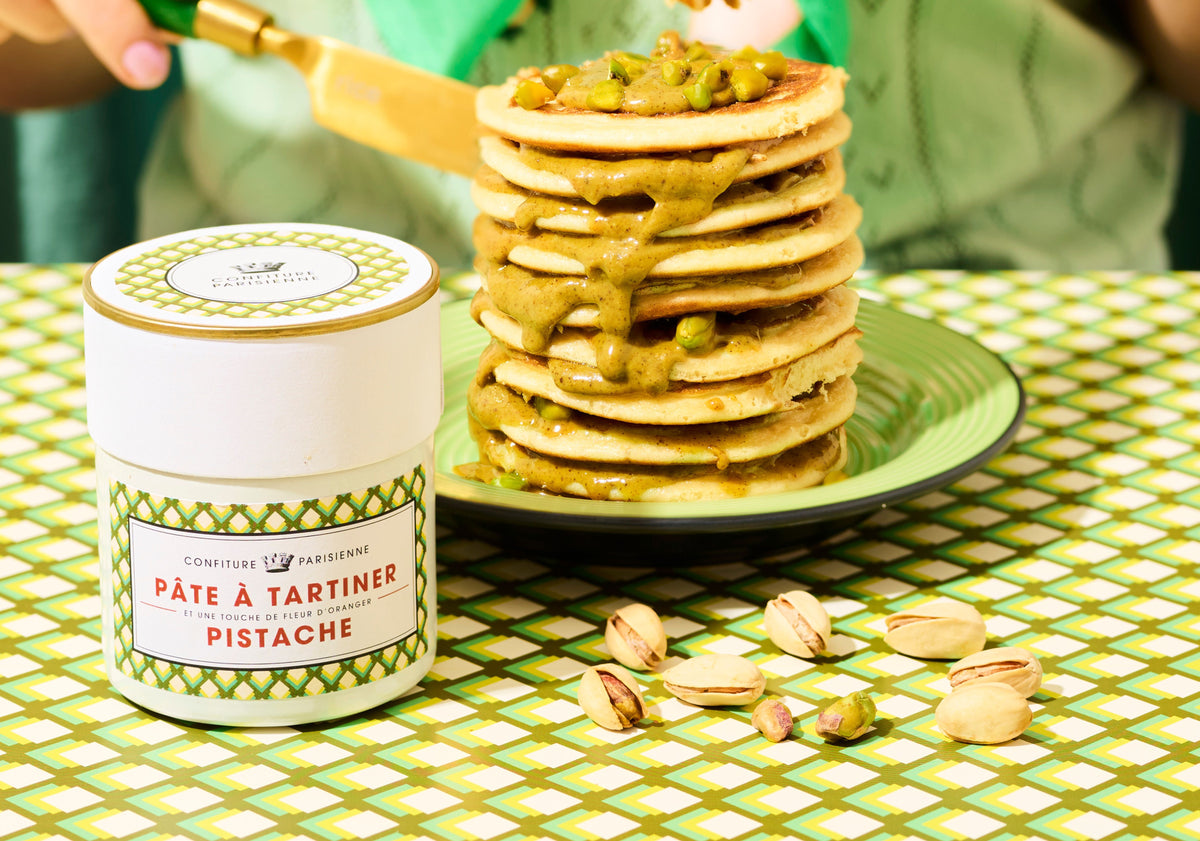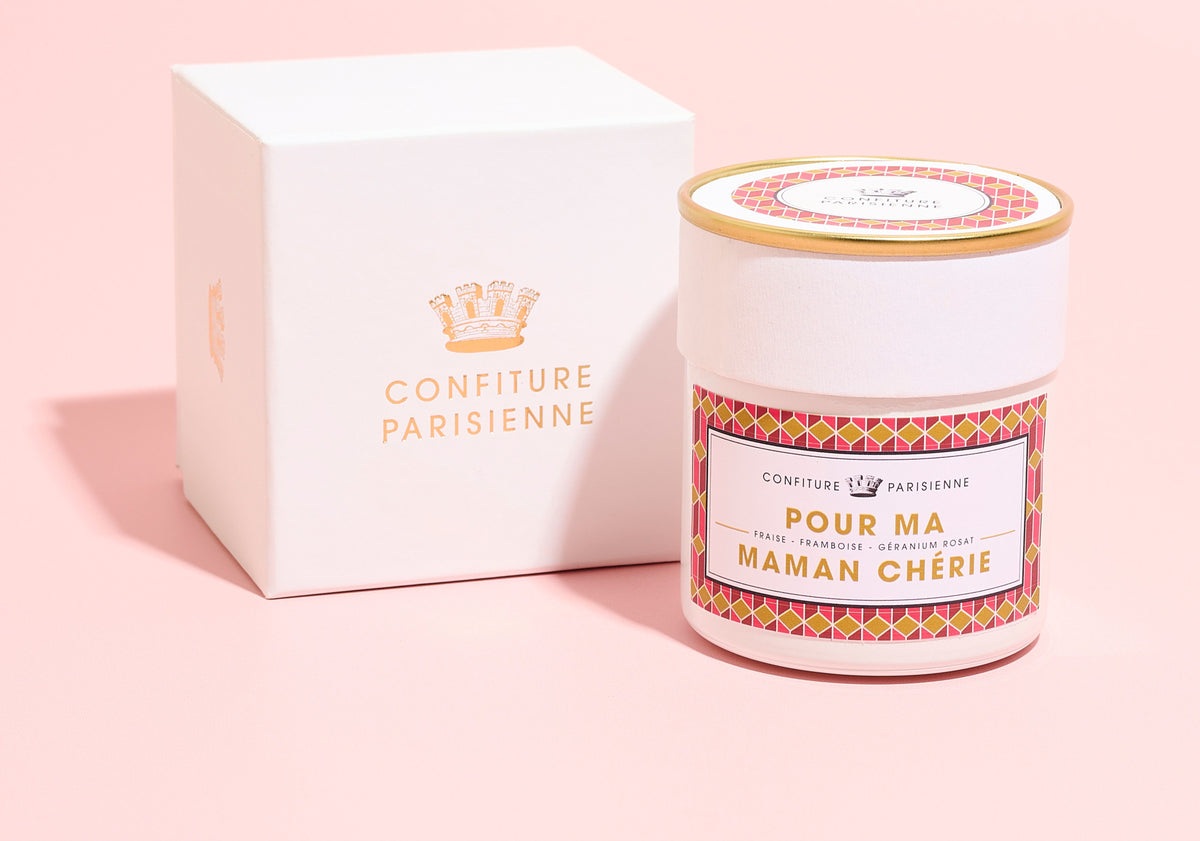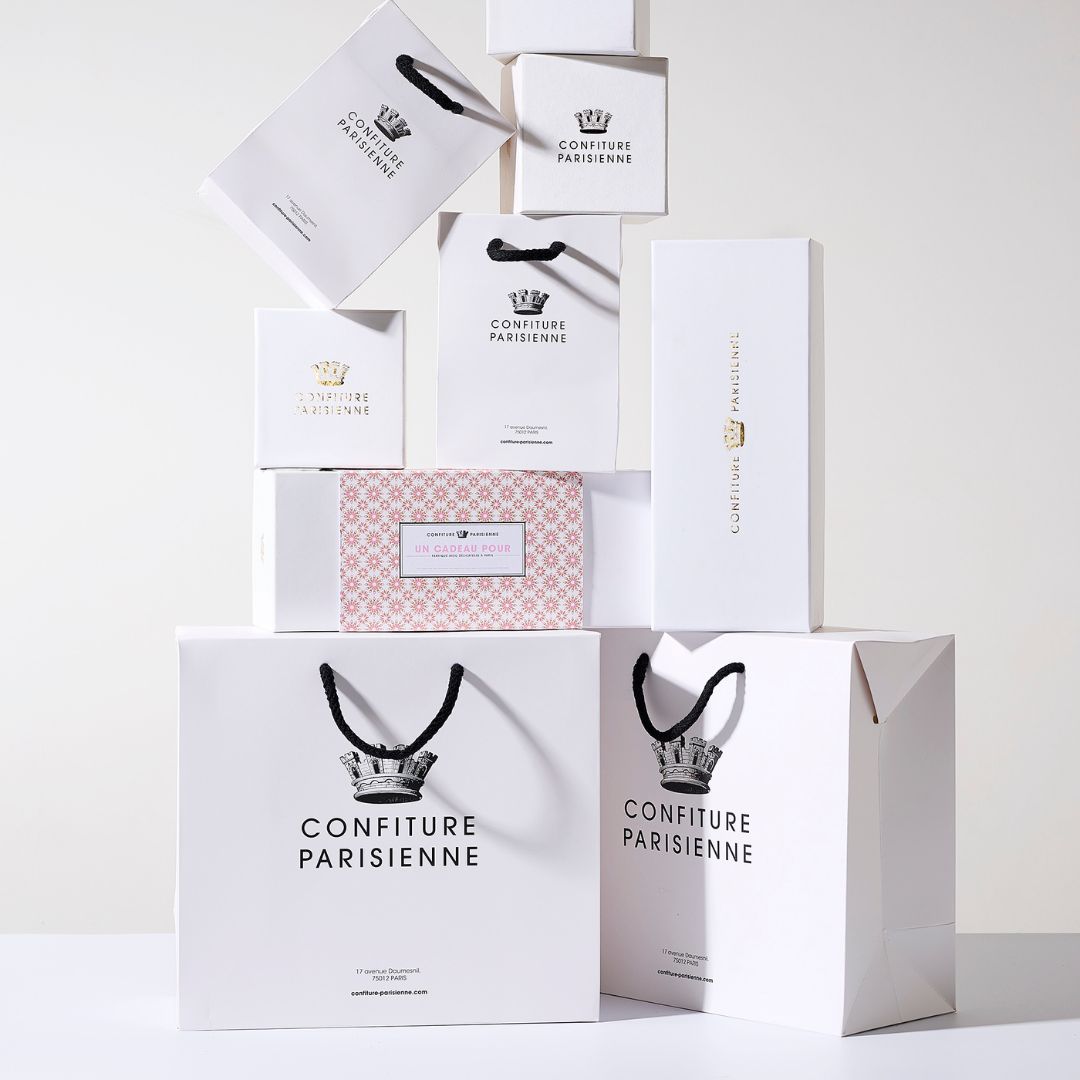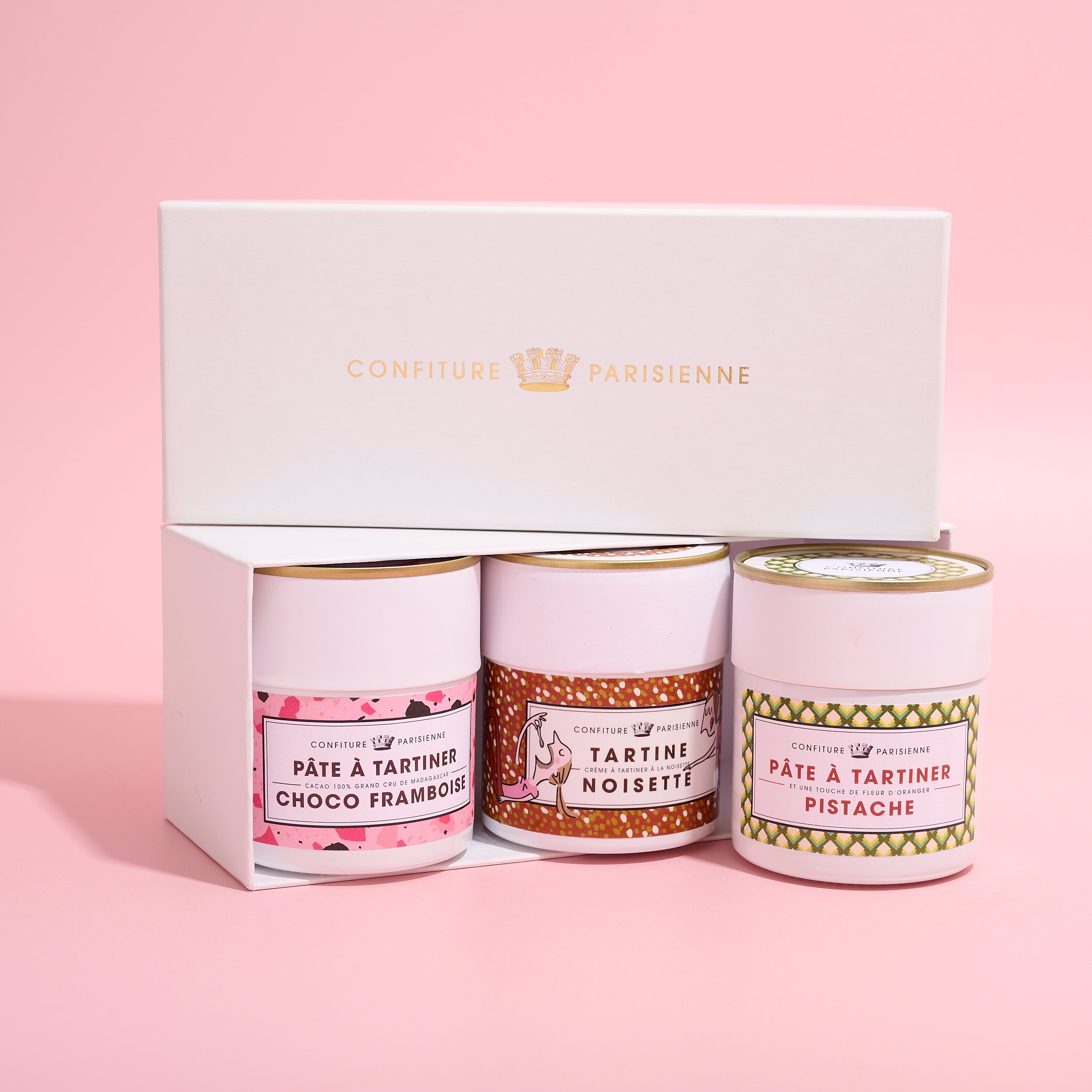Confiture Parisienne and the Manufacture de Sèvres have joined forces to create an exceptional recipe, an original creation: a raspberry jam with sweet notes of Rose, the Rose de Sèvres.
Originating in China, porcelain became the most popular ceramic upon its arrival in Europe in the 15th century. It was a veritable frenzy that took hold of the European royal courts. Under the leadership of Louis XV and especially his mistress Madame de Pompadour, the Sèvres Manufactory, which had become royal, unraveled the mystery of white gold and succeeded in carving out a prominent place for itself in French high society. The factory surprised and experienced its first triumph with its life-like flowers, its biscuit statuettes, and also with the discovery of the famous "Sèvres Blue" color.
The peak of production occurred in the first half of the 19th century, under the leadership of their new administrator: A. Brongniart, who introduced innovative techniques. He also wanted to collect and present ceramics from all over the world and from all periods. Thus, the Manufacture also became the very first museum dedicated to the arts of fire in the following century.
A modern institution:
Today, this unique institution showcases expertise dedicated to the noble art of ceramics, combining tradition and modernity. The Sèvres factory remains the last in Europe to hold and transmit this expertise from another era. Indeed, the plurality of traditional crafts within the factory allows for the reproduction of historical pieces, but also the invention of new and ever more innovative models.
And what about the jam in all this?
Nestled in the now legendary white jar, the artisanal " Rose de Sèvres " jam is inspired by the emblematic elements of the art embodied by the Manufacture: the Rose, gold and Bleu de Sèvres. Symbols of royalty and luxury that give our morning croissant the allure of a true Sovereign's breakfast.




